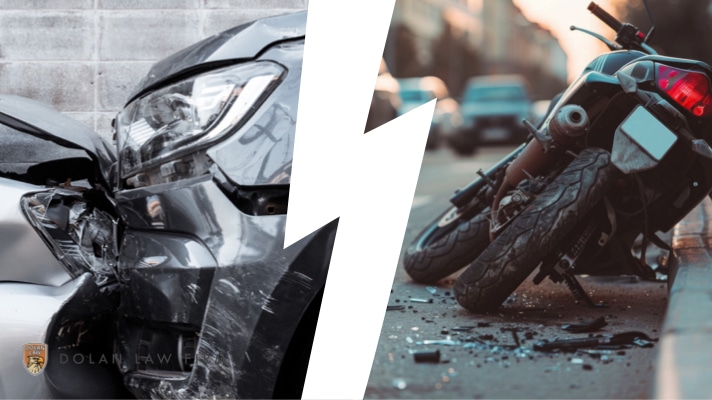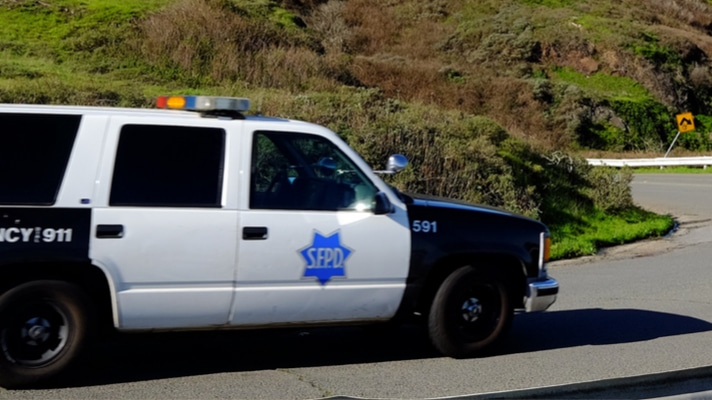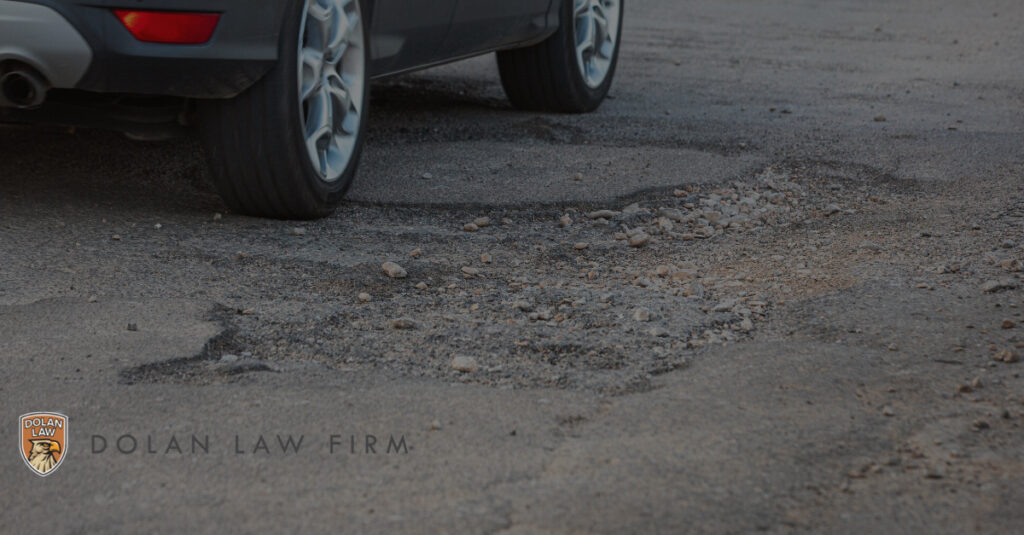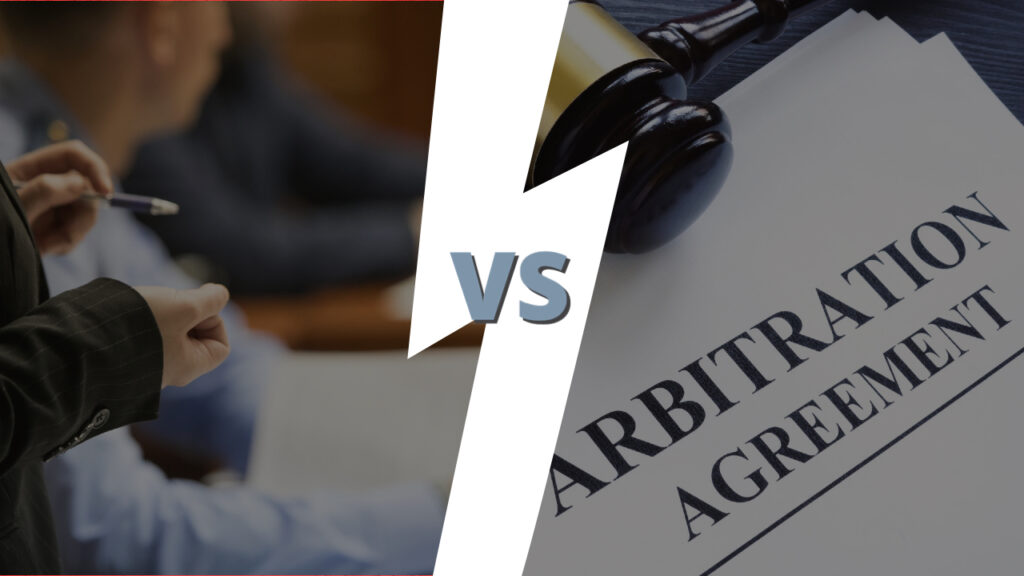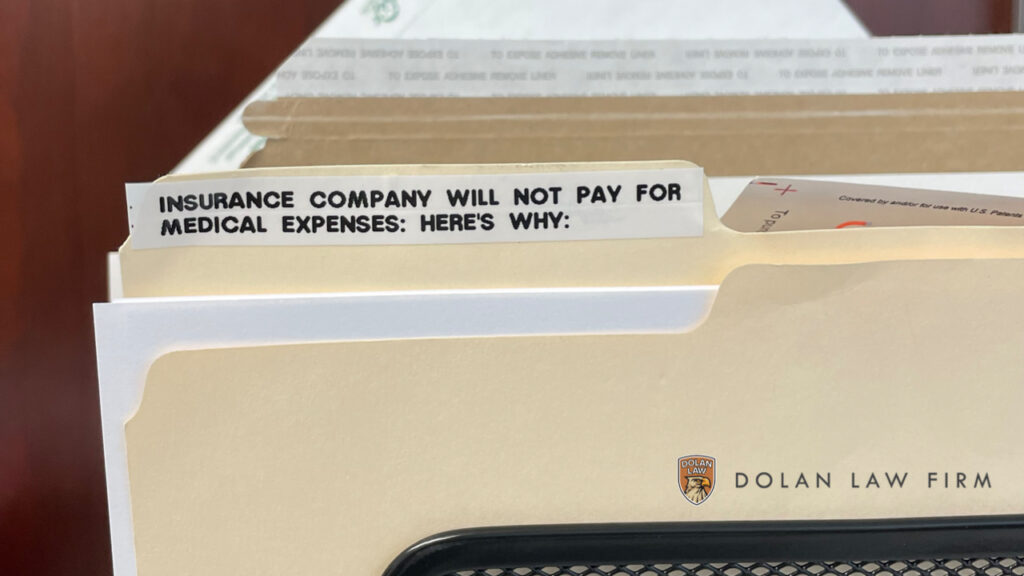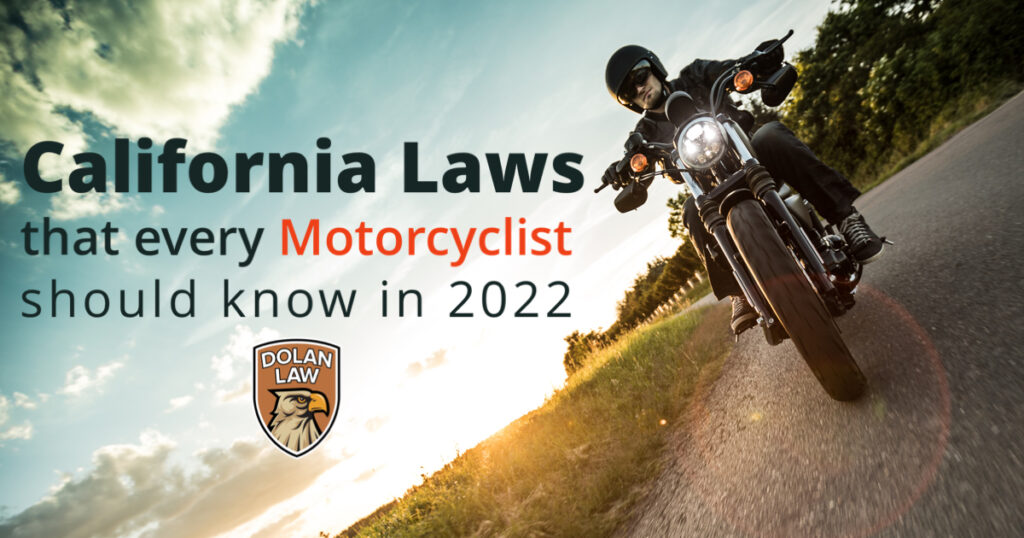What Makes Motorcycle Accidents Different from Car Accidents?
Written By Chris Dolan and Phil Johnson Motor vehicle accidents are dangerous, but not all crashes are suffered equally. Motorcyclists are 24 times more likely to die in a crash than those inside a motor vehicle, according to the National Highway Traffic Safety Administration. Indeed, while motorcyclists make up only 3.5 percent of all registered …
What Makes Motorcycle Accidents Different from Car Accidents? Read More »

